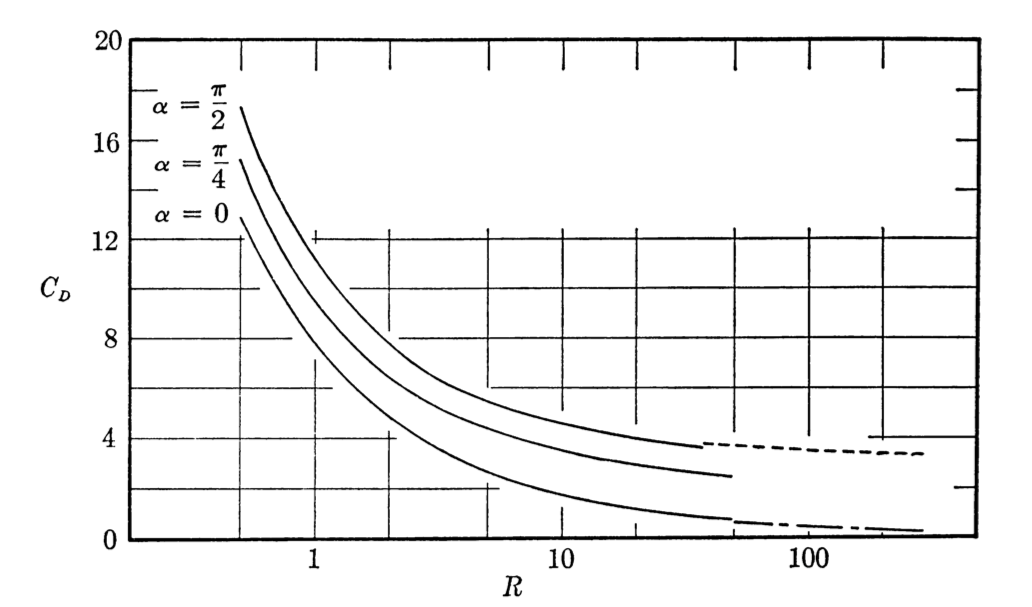I'm wondering what is the formula for induced drag in a stalled regime, i.e. in a regime where the $C_L$ (coef. of. lift) has started to decrease but is still nonzero.
I've a feeling that the conventional formula for induced drag $$D_i = \frac{L^2}{\frac{1}{2}\rho V^2 \pi b^2 \epsilon}$$ (taken e.g. from this answer) which in essence depends on lift $L$, does not explain induced drag in stalling regime (if it would, it would erroneously imply that the induced drag is equal for a pair of AoAs $\alpha_{\text{before-stall}} < \alpha_{\text{after-stall}}$ which both correspond to the the same $C_L$).
I've come across the evidence that induced drag continues to grow as square of AoA even in stalled regime (e.g. schematic Fig. 4.14 from av8n.com)

but can't find more.
Thanks.

